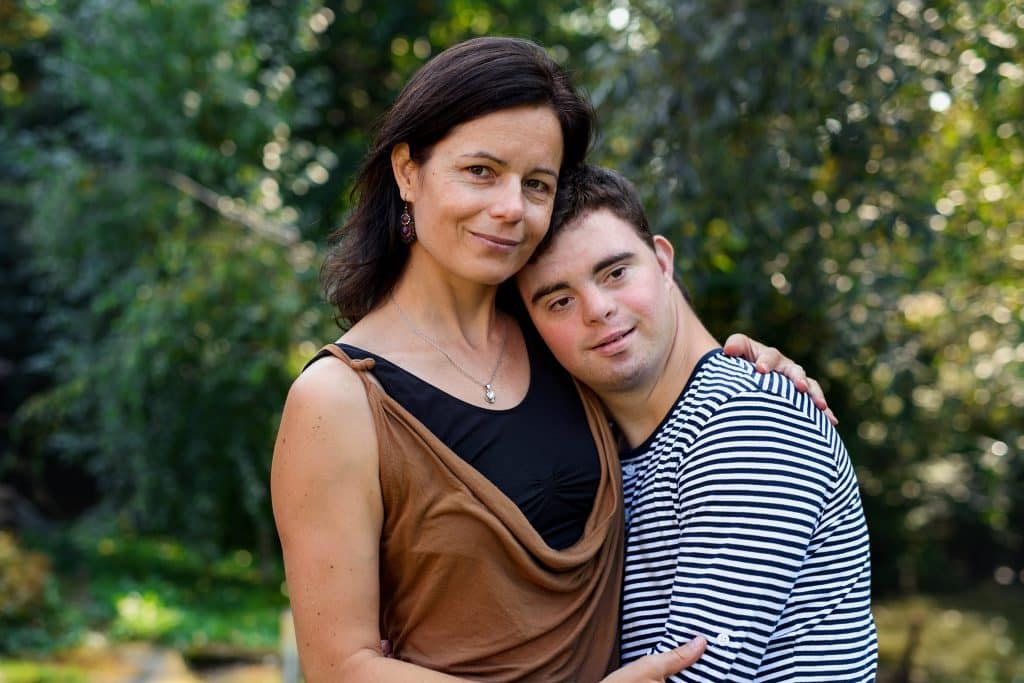Pathological Demand Avoidance, otherwise known as PDA, is a personality profile of autism spectrum disorder (ASD) that is slowly gaining recognition as a diagnosis in the medical field. It can help people with autism and their parents and loved ones to better understand how autism affects them and how it can be treated in the long term.
But what is pathological demand avoidance? And what does it mean for children and adults with this diagnosis? Let’s take a look.
What Is Pathological Demand Avoidance
In the 1980s the term “Pathological Demand Avoidance” was first defined by a British psychologist named Elizabeth Ann Newsom. People with PDA are all on the autism spectrum and share many overlapping traits with other autistic people, as well as significant differences that are not typically associated with the diagnosis.
As a personality profile, PDA defines people on the autism spectrum who are unable to meet everyday expectations and demands and will go to extreme lengths to avoid them. This avoidance can encompass a range of demands, including their own daily needs and self-care, the external demands of work, school, family, and society, and the internal expectations and desires they may have for themselves.

PDA is an obsessive behavioral phenotype that can be overwhelming for the person with this profile. These people experience extreme levels of anxiety in response to what they consider to be a loss of control, which can result in outbursts and meltdowns that can even resemble panic attacks.
While it has not become a formal diagnosis as recognized by the DSM-5, it is considered to be a useful subtype of autism. PDA is equally prevalent amongst males and females with autism, and since it is not yet a formal diagnosis it can often be misdiagnosed as Oppositional Defiant Disorder (ODD), Attention Deficit Hyperactive Disorder (ADHD), and Reactive Attachment Disorder (RAD).
Symptoms and Characteristics of PDA
There are a number of features that characterize PDA, which can be used to identify affected children and adults. These include:
- Failing to meet the demands and expectations of everyday life: This can include waking up on time, getting changed, meeting basic hygiene needs, partaking in social activities, eating consistently, and even doing things that they express an interest in or desire.
- Excessive mood swings: Poor emotional regulation, impulse control, and unpredictable switches in mood are all characteristics of PDA.
- Obsessive social behavior: Unlike many autistic people who can exhibit obsessive tendencies around hobbies, interests, and routines, people with PDA tend to develop obsessions with people. These obsessions can center around fictional and real people in their everyday life, which can cause social difficulties.

- “Unconventional” social abilities and behavior: People often expect those on the autism spectrum to have stunted or delayed social skills. While children with PDA are on the spectrum, they often exhibit social abilities that may seem advanced for children with autism. More often than not this is a form of “masking,” and these children will even mimic the social behavior of people around them without understanding what they mean. Adversely, some children with PDA will exhibit negative social behaviors as a defense mechanism in situations where they are expected or compelled to act in a certain way.
- Role play or “pretend” play: Both children and adults with PDA may engage in role-play or “pretend” as a coping mechanism, to avoid demands from others and to withdraw when “real” life becomes stressful. Often they will take on the role of authority figures to maintain a sense of control.
Triggers For People With PDA
As mentioned, people with PDA can become overwhelmed when requests or demands are made of them. These demands, whether direct or indirect, internal or external, can trigger outbursts and even violent reactions. These triggers can include:
- Verbal and written instructions
- Law and policy
- Making plans in advance
- Internal needs including hunger, thirst, exhaustion, etc
- Orders
- Questions and requests
- Social rules and conventions
- Expectations, both when self-imposed and set by others
- Schedules and timetables
- Uncertainty and anxiety
Demand Avoidant Strategies
How does one cope with Pathological Demand Avoidance, or help to treat and manage the needs of a child/loved one with PDA? There are some strategies and approaches you can use at home to navigate this personality profile.
Avoid “Demanding” Words
Direct demand words and phrases, such as “you need to”, “you must”, “do this now” etc are some of the most likely things to trigger your child. Practice avoiding these words and disguising your demands with indirect language, such as using questions instead or even rephrasing a request as something that could be their own idea or something that has already been agreed upon. You can even try to turn these demands or instructions into a game or competition.
Be Aware Of Stress And Reduce Demand On Sight
Take note of signs of distress in your child, such as their tone of voice and body language. If they are becoming upset, it’s time to reduce the demands that you are making of them to avoid an emotional reaction. Give them time and space.
This can be as simple as accepting when your child refuses to follow a request or instruction. You can always try a different response later, but pushing your child and continuing to assert your authority over them can result in a power struggle and a meltdown which will make things more difficult in the long run.
Provide Options And Chances To Observe
Give your child options when you want them to do something. Being able to make decisions on their own will help them to feel in control, thus reducing PDA-related anxiety. One useful method is known as the ‘forced choice method’, wherein you give a child a number of options with the same result, such as “would you like to have x for dinner, or y?”, ensuring that they eat dinner.
The aim is to make your child feel that they have more freedom. In certain situations, you can also allow them to observe an activity rather than willing them to participate. If your family is playing board games, for example, let your child watch, see that you are having fun, and make their own decision to participate.
Explore Therapy Options
There are forms of therapy that can be incorporated into a treatment plan for your child or loved one, as well as helping you to understand what triggers them and how those triggers can be managed. Consider looking into options such as
- Speech therapy
- ABA therapy
- Music therapy
- Art therapy
If you or a loved one have a PDA profile and are looking for more information, strategies, or productive therapeutic treatment, our team at Bolling Behavioral Consulting can help. To book your free consultation you can call 404.981.4105 or fill in a contact form here.






Recent Comments